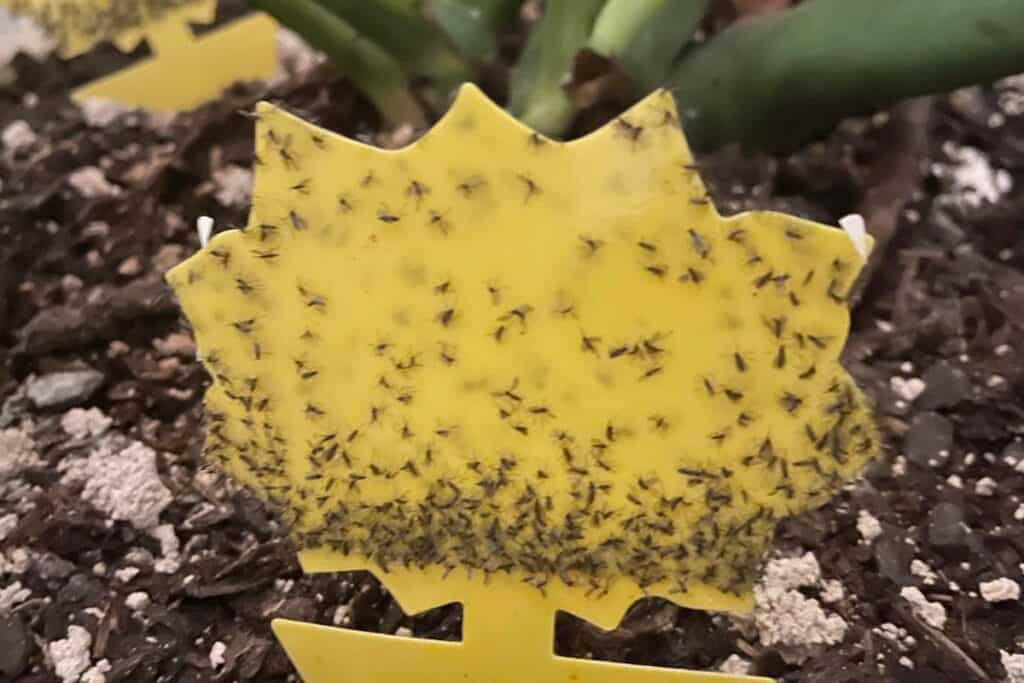Fungus gnats are tiny flying pests that thrive in moist soil and annoy plant lovers everywhere. Learn how to identify, treat, and prevent fungus gnat infestations.
👀 What Are Fungus Gnats and Why They’re a Problem
Fungus gnats are small, mosquito-like flies that lay eggs in moist soil. Their larvae feed on organic matter—and sometimes plant roots—causing stress, stunted growth, and even root rot in sensitive plants. While the adults are mostly a nuisance, the larvae are the real threat.
🔍 How to Spot Fungus Gnats Early
Fungus gnats are easy to miss until they start flying in your face. Here’s how to catch them before they multiply:
- Tiny black flies hovering near soil or flying around your plant
- Moist, compacted soil that stays wet for too long
- Wilting or yellowing leaves despite proper watering
- Larvae in soil—tiny white worms visible when you dig slightly

🧴 Fungus Gnat Treatment Options That Work
1. Let Soil Dry Out Between Waterings
- Breaks the gnat life cycle
- Most effective long-term strategy
- Use moisture meters or finger test to avoid overwatering
2. Bottom Watering
- Keeps surface soil dry
- Reduces egg-laying opportunities
- Ideal for moisture-sensitive plants like Maranta and Calathea
3. Sticky Traps (Yellow)
- Catch adult gnats
- Place near soil surface
- Helps monitor infestation level
4. Hydrogen Peroxide Soil Drench (1:4 ratio with water)
- Kills larvae on contact
- Safe for roots when diluted properly
- Use once a week until gnats are gone
🧠 Pro Tip:
Gnats lay eggs in moist topsoil. Keep the surface dry and aerated to discourage them.
🧼 Bonus Tactics for Persistent Infestations
- Add a layer of sand or diatomaceous earth to the soil surface
- Use mosquito bits or BTi (Bacillus thuringiensis israelensis) to target larvae
- Repot with fresh, sterile soil if infestation is severe
- Isolate infected plants to prevent spread
🚫 How to Prevent Fungus Gnats Long-Term
- Use well-draining soil and pots with drainage holes
- Avoid overwatering—especially in low-light conditions
- Clean up fallen leaves and debris from soil surface
- Quarantine new plants and inspect soil before introducing them
- Use sticky traps preventively during humid seasons
🌱 Final Thoughts
Fungus gnats may be small, but they’re persistent. With smart watering habits, targeted treatments, and consistent prevention, you can keep your indoor jungle thriving.
